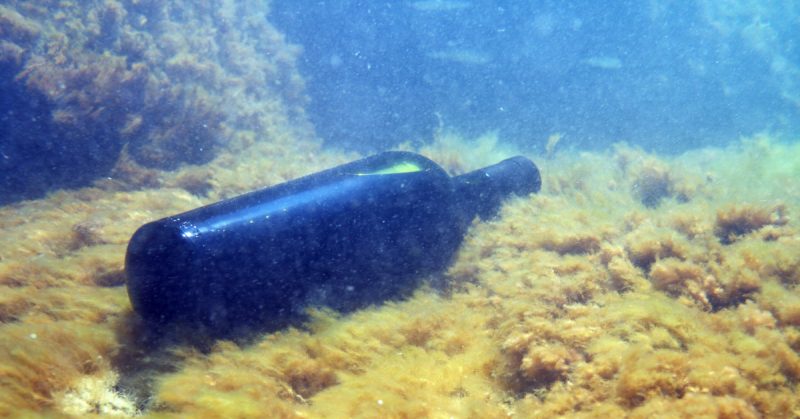In 1997 2,000 bottles of champagne (1907 vintage) were salvaged from the wreck of a Swedish vessel sunk by a U-boat.
An expedition is currently being planned to salvage a few million dollars’ worth of wine from the wreck of a ship sunk by a German U-boat off the coast of Cornwall in 1918, during the First World War.
The ship, one of many sunk by German submarines during WWI, is over 300 feet below the surface. An initial exploration of the wreck revealed that there are several thousand intact bottles of wine, champagne and spirits on it – a cargo likely to be worth a substantial sum of money.
The German WWI U-boat campaign against British and other Allied merchant ships in the Atlantic, the Mediterranean, and the North Sea was devastatingly effective, so much so that it almost brought Britain to its knees in 1917 and 1918. In addition to this valuable cargo of wine, there is certainly more treasure lying at the bottom of the ocean as a result of this campaign, just waiting to be discovered.
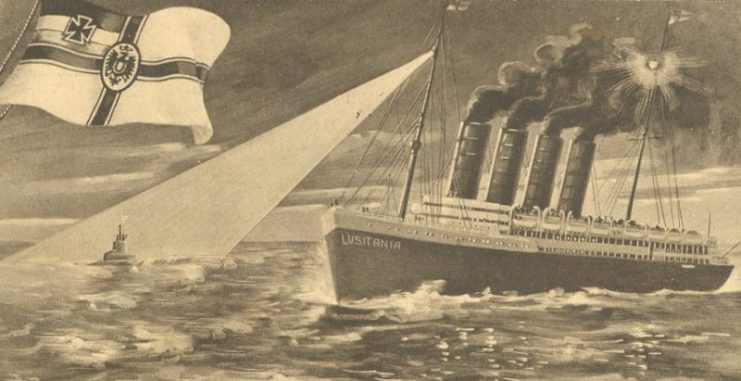
U-boat warfare against merchants
While merchant vessels have been targeted in naval warfare for hundreds, if not thousands of years of human warfare, Germany’s U-boats (short for the German unterseeboot) ramped up the concept of targeting merchant vessels to a level never before seen in history.
Germany’s navy began WWI at a significant disadvantage to the British navy, which had far more ships than its German counterpart. While submarine technology had advanced in tremendous leaps and bounds in the years leading up to the outbreak of the First World War, none of the powers involved in the war initially assumed that submarines would play much of a role in the conflict.
Those who made such assumptions were, however, destined to be proved very wrong.
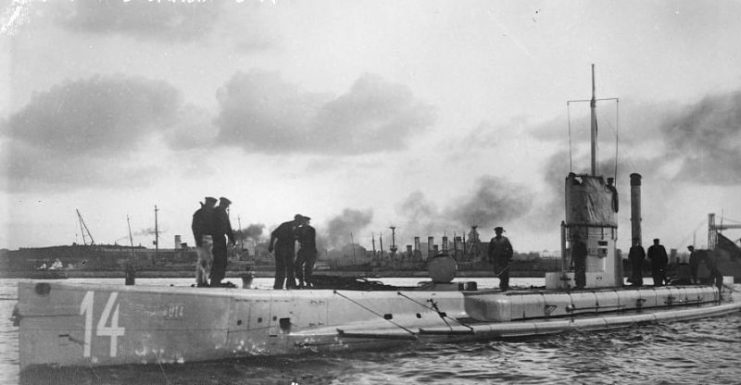
Although Germany’s WWI submarines were generally superior to Allied submarines, their first action against the British Royal Navy in August 1914 was not particularly successful. However, the Germans quickly learned from their mistakes, and by October 1914 German U-boats had sunk nine British warships.
Realizing the potential effectiveness their U-boats could offer against commercial vessels, the German Navy began targeting British shipping later that year. By February 1915, German U-boats had sunk 19 British merchant vessels.
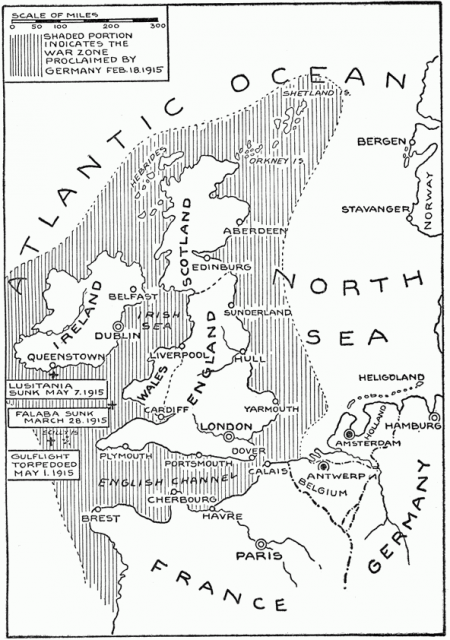
After the first few months of the war, it had become clear to all participants that the war was likely to drag out far longer than had been initially anticipated. As the conflict began to become a war of attrition, both sides started to look at disrupting the movements of critical supplies.
Both Germany and Britain relied heavily on food and fertilizer imports to keep their respective populations fed. Disrupting or even completely cutting off the flow of these crucial supplies could have devastating consequences for the victims of such an action.
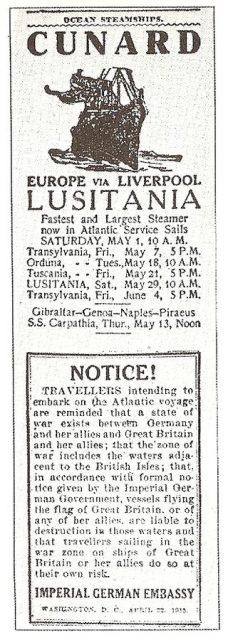
Britain’s far larger naval force was able to create successful naval blockades in the North Sea, and in November 1914 they declared the entire North Sea a war zone. In response, Germany declared all of the waters around Great Britain and Ireland a war zone, and adopted a policy of unrestricted warfare against any vessel – British or neutral – operating in these waters. Thus began the U-boat campaign that almost brought Britain to its knees.
This campaign, as successful as it was, would eventually end up backfiring on the Germans though, for it played a large part in bringing America into the war. German U-boats targeted any vessels – military, merchant, or passenger – in the waters they had declared a war zone, and often torpedoed ships without warning, resulting in heavy losses of civilian lives.
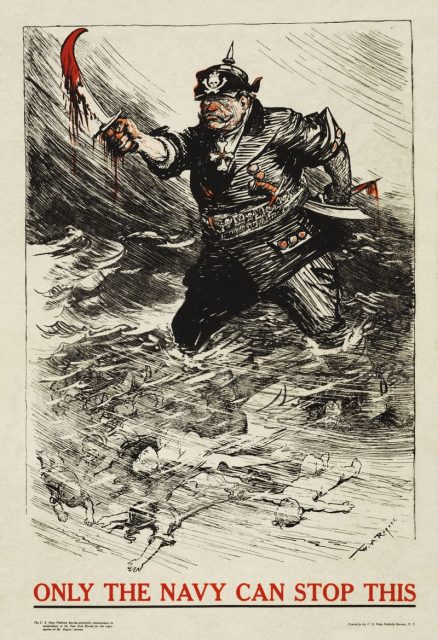
Sunken WWI-era treasure
All in all, German U-boats managed to sink over 5,000 vessels over the course of the First World War, while losing only 178 submarines. Over twelve million gross tons of Allied and neutral shipping were lost due to the U-boat attacks – and the wine that is going be salvaged from the wreck off the Cornish coast in 2019 is really only the tip of a major iceberg of sunken treasure.
Other notable finds from vessels sunk during the First World War have been quite profitable for those who salvaged them. In 1997, for example, 2,000 bottles of champagne (1907 vintage) were salvaged from the wreck of a Swedish vessel sunk by a U-boat, and the champagne was sold for around $35,000 per bottle.
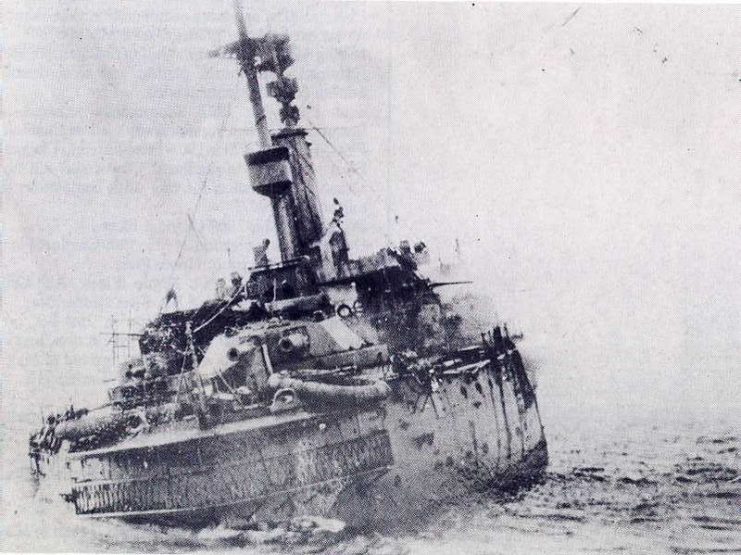
It is not only bottles of alcohol that treasure hunters hope to salvage from these wrecks, either. It is rumored that there are substantial amounts of gold on the bottom of the ocean, potentially worth hundreds of millions of dollars.
Read another story from us: Beautiful Story: Life-Saving Coin From WWI is For Sale
Bringing up wine from these wrecks is always a gamble, though. One salvage company spent close to $10,000 per day of operations bringing up wine from a 1919 shipwreck in the hope of striking it rich – but it turned out that all of the bottles had been invaded by bacteria that had ruined the wine and rendered it worthless. Hopefully the members of the expedition to salvage the wine from the Cornish wreck will have better luck.
